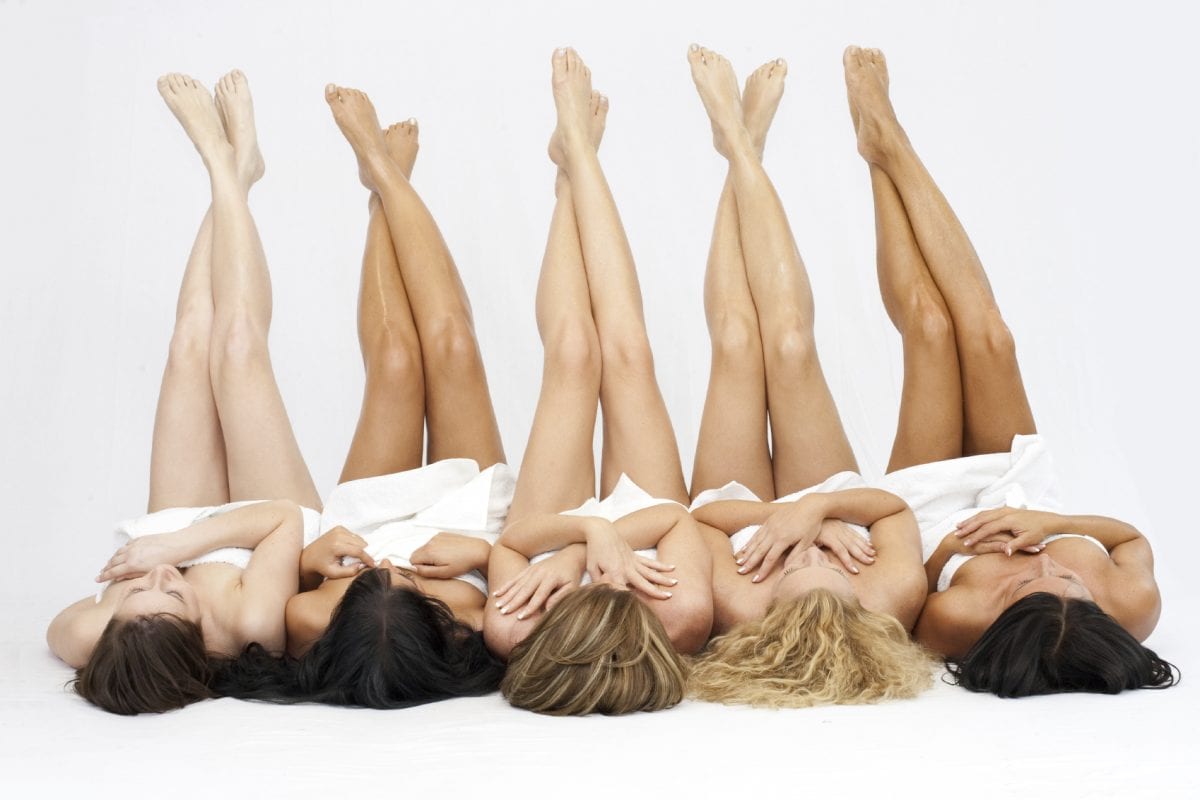Having a dark golden tan is often a sign of health and beauty in North American Culture, and fortunately we have a variety of options available to help us achieve this golden glow in spite of not living in a sunshine friendly climate.
The last decade has brought with it a plethora of questions and controversy regarding UV tanning in tanning beds and sunless tanning using spray tanning. Does bed tanning cause cancer? Do spray tans turn you orange? Do I need a “base tan” before my holiday? Will spray tanning protect me from the sun?
There are many articles out there detailing the dangers or safety of UV tanning for folks trying to achieve their golden glow, so I won’t touch on those here. Instead I’d like to shed some light on getting dark my favorite way, the sunless way.
Spray tanning was originally stumbled upon in the 1940’s when German chemists discovered that by accidentally spilling Dihydroxyacetone more commonly known as DHA onto the skin, the outer layers of skin became darker in hue. It was then that sunless tanning was born.
Over the decades, chemists have perfected the formulas, bases, undertones and more to create a variety of available solutions for sunless use. There is something available for every skin tone, from ultra-pale to rich olive tones.
A majority of sunless solutions are generated from fermented fruits and vegetable sugars, and with society’s continuing its vigilance on what we put on and in our bodies a great variety of products are available in organic & paraben free options.
The process is very simple; by applying sunless tanner to the skin as either a lotion or spray the user can choose, or have a professional choose for them a complimentary solution for their skin tone and desired result. After applying the product evenly to the entire body you’ll need to remain completely dry, allowing that chemical reaction with the skin to take place. This reaction time can vary from one to twenty-four hours depending on the sunless product chosen.
Once the solution is rinsed from the skin, the user is left with a darker hue that can fool the eye of even the most trained sun worshiper. A properly formulated and applied sunless tanner should be neither orange nor streaky. If you are visiting a professional spray tan artist you will likely have a full consultation to determine your natural shade and desired result as well as what solution type would be best for your lifestyle and sunless needs.
Sunless tanning does require more moisturizing and after care, than its competing bed tanning method. However, the health of the skin over time is found to have fewer aging effects, zero skin cancer related risks and is a fantastic option for achieving your sun-kissed look with only a single session at a time resulting in far less time spent in the bed or booth.
Monica Cameron – Owner/Operator Bombshell Bronzed Spray Tanning and Esthetics Studio








